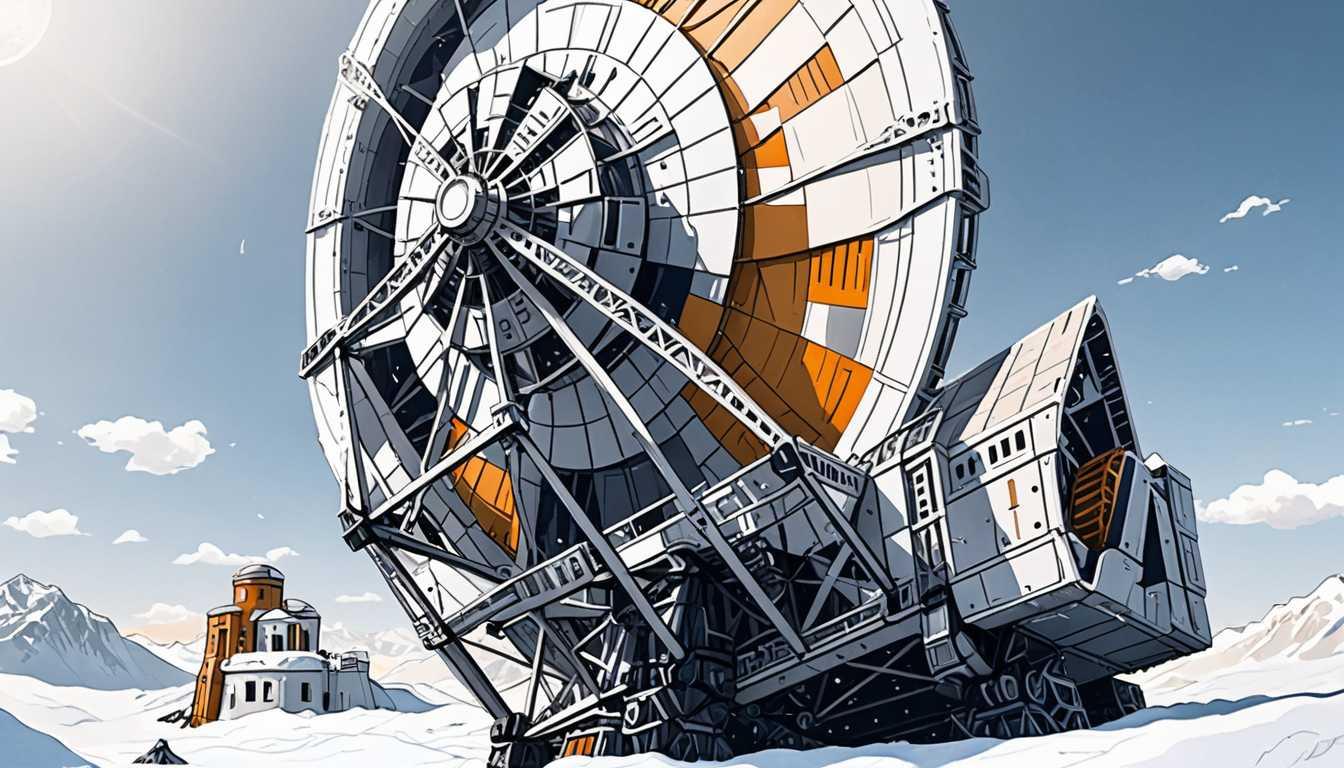Baby Asteroid's Groundbreaking Age Discovery
April 2024
Cornell University
Introduction
Dive into the cosmic playground with Cornell University's latest findings on Lucy’s baby, a youthful asteroid just 2-3 million years old! Discovered orbiting its asteroid parent in the bustling asteroid belt, this toddler-aged space rock reveals its age through innovative statistical calculations. Forget expensive space missions; these researchers are doing it from the ground! Curious about how a baby asteroid compares to ancient cosmic bodies? This article is your ticket to the stars!
READ FULL ARTICLEWhy It Matters
Discover how this topic shapes your world and future
Unlocking the Secrets of Space Rocks
Understanding the age of asteroids like Selam, the "moonlet" orbiting the asteroid Dinkinesh, is crucial not just for the thrill of space exploration but for piecing together the history and evolution of our solar system. These celestial bodies are the building blocks left over from the solar system's formation, and studying them helps scientists understand the processes that shaped Earth and other planets. By learning how asteroids are formed and evolve, you can grasp the dynamics of larger astronomical phenomena and possibly predict future cosmic events. This knowledge could even play a role in protecting Earth from potential asteroid impacts. Plus, isn't it fascinating to think about how these space rocks have been whirling through space for millions of years?
Speak like a Scholar
Binary System
A system where two celestial bodies are close enough that their gravitational forces affect each other.
Crater Counting
A method to estimate the age of a planetary surface by counting the number of impact craters.
Dynamics
The study of the motion of objects and how forces affect that motion.
Secular
In astronomy, referring to phenomena that occur or change over very long periods.
Tidal Forces
Gravitational forces between two objects that cause them to stretch towards and away from one another.
BYORP Effect (Binary Yarkovsky-O’Keefe-Radzievskii-Paddack)
A thermal effect that can alter the orbit and rotation of binary asteroids due to sunlight being absorbed and re-emitted by the bodies.
Independent Research Ideas
Comparative Analysis of Aging Techniques
Investigate the differences and accuracies between traditional crater counting and the novel dynamics-based methods for dating asteroids.
Impact of Tidal Forces on Asteroid Geology
Explore how gravitational interactions between binary asteroids like Selam and Dinkinesh might affect their structural integrity and surface features.
Simulation of Binary Asteroid Systems
Develop a computer model to simulate the long-term evolution of binary systems under various cosmic conditions.
Study of BYORP Effect on Small Solar System Bodies
Examine how the BYORP effect influences the orbits and rotations of other known binary asteroids in the near-Earth environment.
Historical Data Analysis of Asteroid Discoveries
Trace the history of asteroid discoveries and how each has contributed to our understanding of the solar system's formation and evolution.
Related Articles

Unveiling Cosmic Teen Secrets
August 2023
Stanford University

Revolutionizing Moonquake Detection with DAS
April 2024
California Institute of Technology

Decoding Black Holes: The Spin Secrets
January 2025
U of Cambridge Research

Showerhead Sparks New Vibration Discovery!
July 2024
Caltech - Research News

Exoplanet Enigma: WASP-39b's Dual Atmosphere
July 2024
Imperial College London